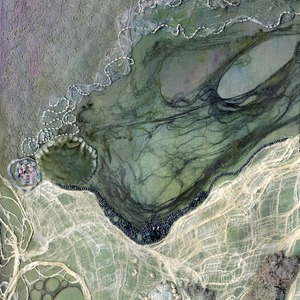Monoprinting and Degas
Hilaire-Germain-Edgar De Gas, later known as Edgar Degas was born on the 19th July 1834 in Paris and was a French Impressionist painter, sculptor and printmaker. At age eleven, Degas began his schooling in the Lycée Louis-le-Grand, graduating in 1853 with a baccalauréat in literature. His career in painting began early in life and by 18 he had made a room in his home an artist’s studio where he began to create copies of paintings. Degas continued his education by copying paintings at the Louvre; he was to remain an enthusiastic copyist to the early 1860s. In 1864 the change in his art came about after meeting Edouard Manet, the well-known impressionist, one day while copying works in the Louvre.
Not only was Edgar Degas both one of the greatest painters and draftsmen of the 19th century but he was also a master of monotype printmaking ( monoprints). This type of Printmaking involves drawing in ink on a metal plate that was then run through a press, typically resulting in a single print. He immersed himself in the technique with enormous enthusiasm. It sparked a chain of experiments for Degas, who quite often used mono printing as a starting point for the image, to grow into something more. Being reworked and often layered with pastel or other medium, he was then allowed to study the form and fully give a sense of movement and light to the subject. You can see this technique in the image below as the jumping dancer is pushed to the foreground with the use of soft coloured pastel over the mono print.
Pastel over mono print, Two Dancers (pastel on paper)
This technique became a staple in Degas work throughout his career. He worked with Pastel solely also, but the mono print technique worked well in stage subjects as it gave the feeling of darkness as if you are viewing them from the audience. And the pastel on its own gave the Idea of being directly in front of the subject with good lighting as you can see in the examples above.
In conclusion, it can be seen that Degas work in printmaking was developed well. From mono prints only, and pastel drawings, to both coming together to create a beautiful intentional technique. He studied light and movement and created this in a painterly fashion, with overlaying a drawing medium over his monochromatic prints. This can seem to give the viewer and idea of the atmosphere he was in while creating these pieces, whether that be back stage or in the dark audience. His work is so well known by the general public that his soft fluffy ballerinas are instantly recognisable but this report has looked deeper into the technicalities of these beautiful images and has discovered there is a lot more to it than it first appears. He manages to capture the light accurately using a thoroughly explored technique. This is an accurate example of intent in work through a series of exploratory works.





Comments
Post a Comment